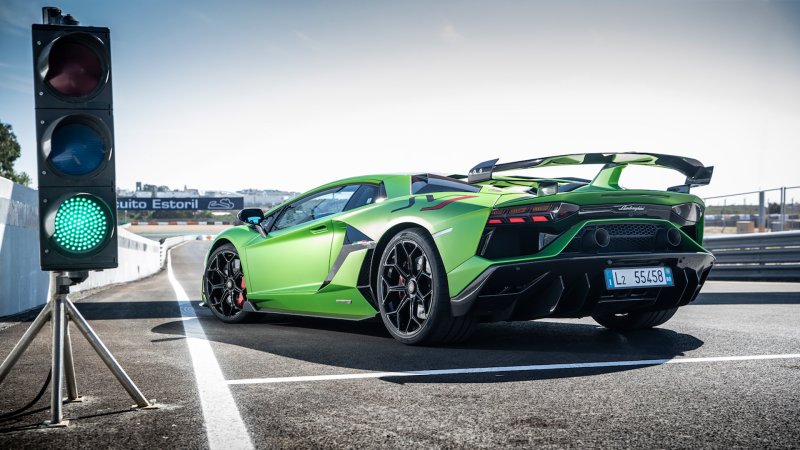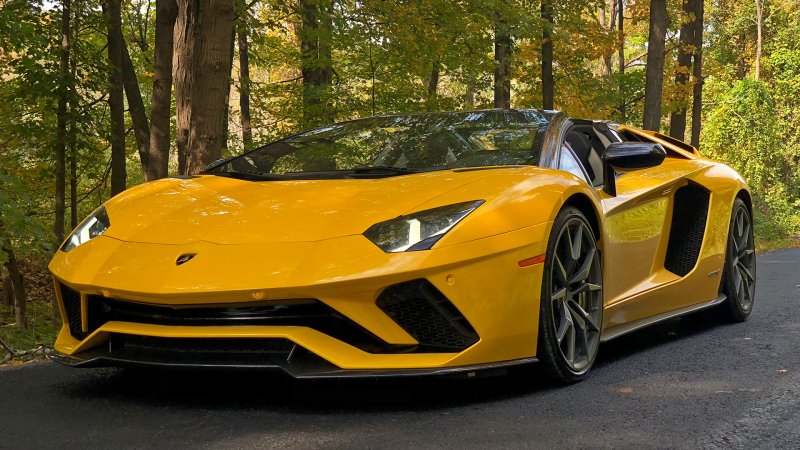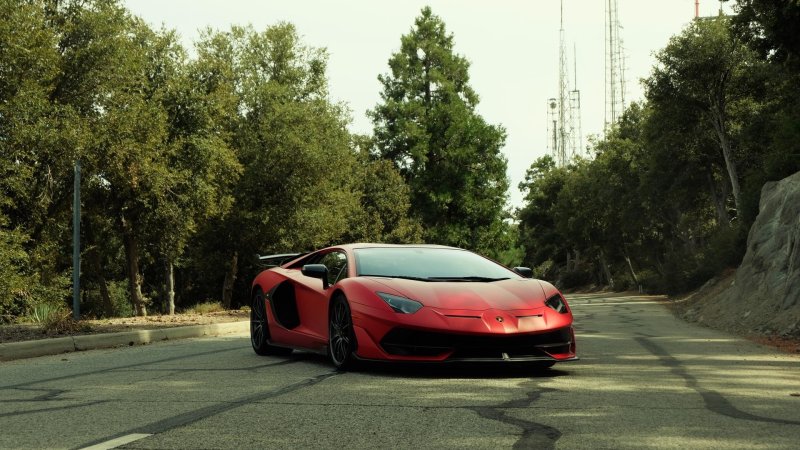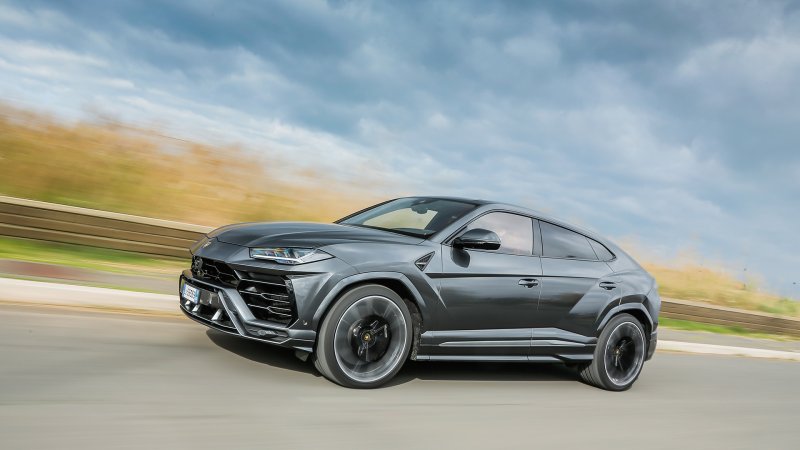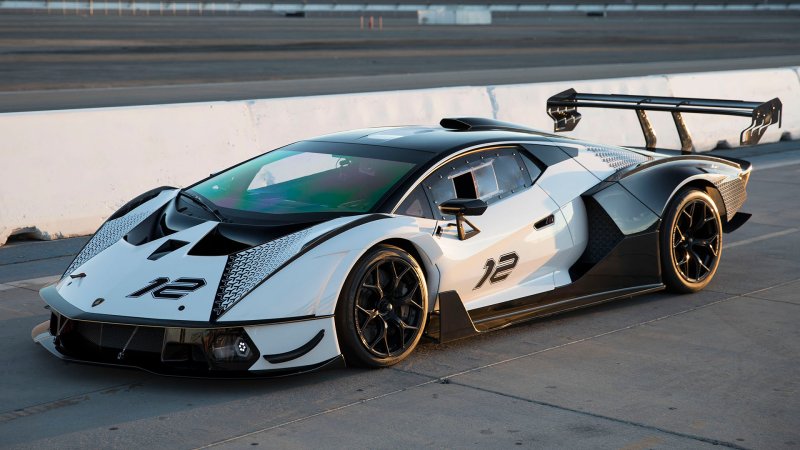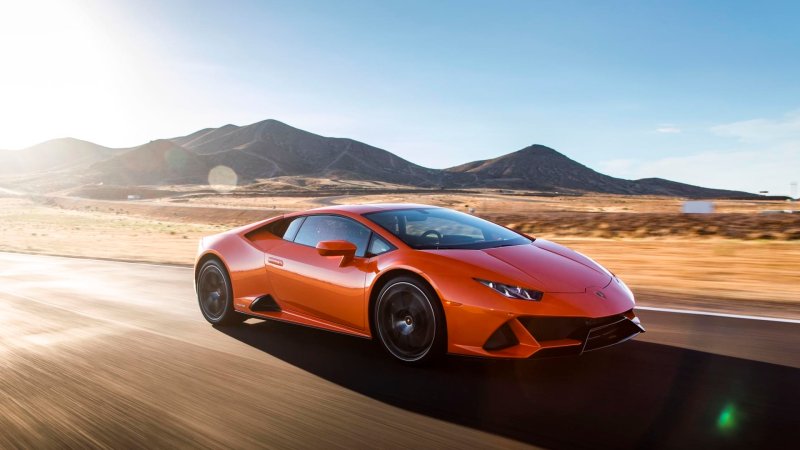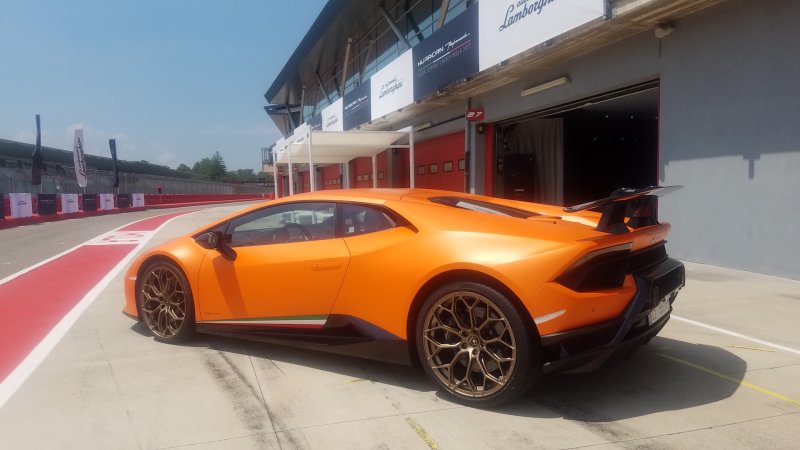Not so long ago, the words “Lamborghini” and “racetrack” were rarely used in the same sentence, unless it was “That Lamborghini kinda sucked on the racetrack.” Those days are over. Italy’s world-famous purveyor of street-going fantasies has now has delivered not one, but two Nurburgring champions in short order: the V-10 powered Huracan Performante that I tested on Italy’s Imola circuit in 2017, and the 12-cylinder Aventador SVJ that I romped this year at Circuito do Estoril, the former home of Formula One’s Portuguese Grand Prix. As for Germany’s big track, the Aventador SVJ topped its Huracan stablemate with a 6:44:97 Nurburgring Nordschleife lap that, not long ago, would have seemed laughably beyond the car’s, and brand’s, abilities. How far has the Aventador come since its debut? The original 2011 model was nearly a full minute slower around the ‘Ring. Talk about a late bloomer.
That late bloomer is now a veritable Venus flytrap of sticky grip, murderous intent, and naturally, exotic looks. The 6.5-liter, naturally aspirated V12, an increasing anomaly in the industry, whips up 759 horsepower and reaches 8,500 rpm with a bloodcurdling shriek that no turbocharged engine can match. That mid-mounted V12 also brings the best power-to-weight ratio of any Lamborghini V12 since Ferruccio got out of the tractor business and began building these Italian baubles in 1963. Cold numbers include a wrenching 2.8-second dash to 62 mph (100 kph) and a 217-mph top speed.
Only 900 will be built, each priced from $518,000, along with an additional 63 copies of the SVJ 63 edition. Here’s hoping that many of those owners actually experience their SVJ’s greatness on track—even once—instead of just babying it around South Beach or Vancouver and revving the engine at stoplights.

